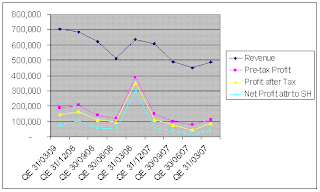
Chart 1: WTIC's daily chart as at 30/7/2009 (Source: Stockcharts.com)
The recent rally (from L2 to H3) was cut short when the Energy Department announced on Wednesday that inventories surged by 5.15 million barrels in the week ended July 24. This represents the biggest weekly increase since April.
The recent correction in WTIC may also be a reaction to the rebound in USD. From Chart 2 below, we can see that USD rebounded off its strong horizontal line support of 78. The rebound in USD is likely to be short-lived as the 50-day & 100-day SMA are clearly pointing lower. Even the USD's 200-day SMA is beginning to curve downward- warning of further weakness for the greenback.

Chart 2: USD's daily chart as at 30/7/2009 (Source: Stockcharts.com)
The current weakness in the prices of crude oil- supposedly driven by weak demand- just doesn't sit well with the idea that a global economy on the mend. To set your head spinning, Clusterstock had posted these two sharply conflicting articles on July 29th- "You Fools Don't Get It: This Is A V-Shaped Recovery!" & "Trader: Get Ready For A $10-$15 Drop In Oil!" Imagine... some people thought reading charts or tea leaves is easy!!!















































